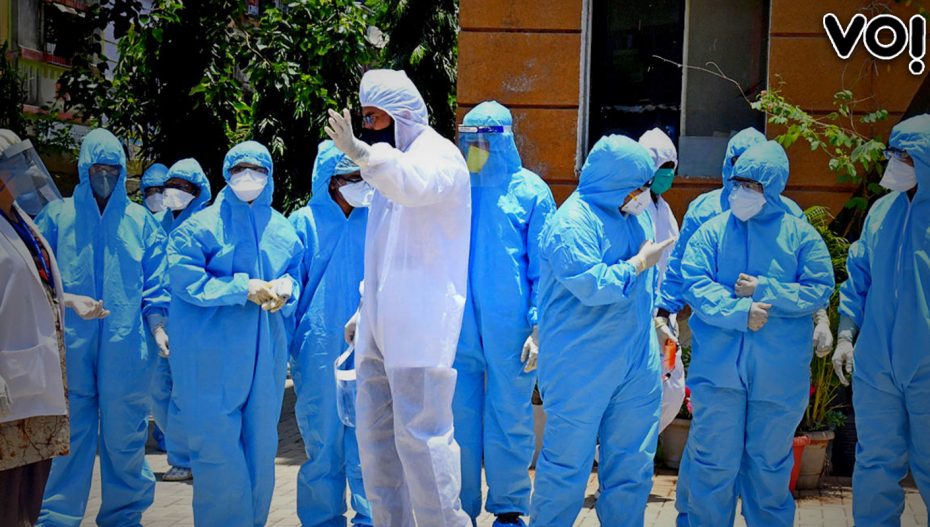In an ambitious effort by the World Health Organization to calculate the global death toll from the coronavirus pandemic, it is now established that “vastly more people died than previously believed.” A total of about 15 million by the end of 2021 is the new figure. This tally is more than double the official total of six million reported by countries individually.
Not so strangely, the release of the staggering estimate — the result of more than a year of research and analysis by experts around the world and the most comprehensive look at the lethality of the pandemic to date — has been delayed for months because of objections from India. Why? “Calculation of how many of its citizens died are subject to dispute.”
More than a third of the additional nine million deaths are estimated to have occurred in India, where the government of Prime Minister Narendra Modi has stood by its own count of about 520,000. The W.H.O. will show the country’s toll is at least four million, according to people familiar with the numbers who were not authorized to disclose them, which would give India the highest tally in the world, they said.
The WHO calculation combined national data on reported deaths with new information from localities and household surveys, and with statistical models that aim to account for deaths that were missed. Most of the difference in the new global estimate represents previously uncounted deaths, the bulk of which were directly from Covid; the new number also includes indirect deaths, like those of people unable to access care for other ailments because of the pandemic.
“It’s important for global accounting and the moral obligation to those who have died, but also important very practically. If there are subsequent waves, then really understanding the death total is key to knowing if vaccination campaigns are working,” stated Dr Prabhat Jha, director of the Centre for Global Health Research in Toronto and a member of the expert working group supporting the W.H.O.’s excess death calculation. “And it’s important for accountability.”
According to Dr Samira Asma, the WHO’s assistant director general for data, analytics and delivery for impact, who is helping to lead the calculation: “Release of the data has been slightly delayed but we wanted to make sure everyone is consulted.”
India insists that the WHO’s methodology is flawed. “India feels that the process was neither collaborative nor adequately representative,” the government said in a statement to the United Nations Statistical Commission in February. It also argued that the process did not “hold scientific rigor and rational scrutiny as expected from an organization of the stature of the World Health Organization.”
India is not alone in undercounting pandemic deaths: The new WHO numbers also reflect undercounting in other populous countries such as Indonesia and Egypt.
India’s work on vaccination has won praise from experts globally, but its public health response to Covid has been criticized for overconfidence. PM Modi boasted in January 2021 that India had “saved humanity from a big disaster.” A couple of months later, his health minister declared that the country was “in the endgame of Covid-19.” Complacency set in, leading to missteps and attempts by officials to silence critical voices within elite institutions.
Besides India, there are other large countries where the data is also uncertain.
Russia’s ministry of health had reported 300,000 Covid deaths by the end of 2021, and that was the number the government gave the WHO But the Russian national statistics agency that is fairly independent of the government found excess mortality of more than one million people — a figure that is reportedly close to the one in the WHO draft. Russia has objected to that number, but it has made no effort to stall the release of the data, members of the group said.
China, where the pandemic began, does not publicly release mortality data, and some experts have raised questions about under-reporting of deaths, especially at the beginning of the outbreak. China has officially reported fewer than 5,000 deaths from the virus.
While China has indeed kept caseloads at much lower levels than most countries, it has done so in part through some of the world’s strictest lockdowns — which have had their own impact on public health. One of the few studies to examine China’s excess mortality using internal data, conducted by a group of government researchers, showed that deaths from heart disease and diabetes spiked in Wuhan during that city’s two-month lockdown. The researchers said the increase was most likely owing to inability or reluctance to seek help at hospitals. They concluded that the overall death rate in Wuhan was about 50 percent higher than expected in the first

















